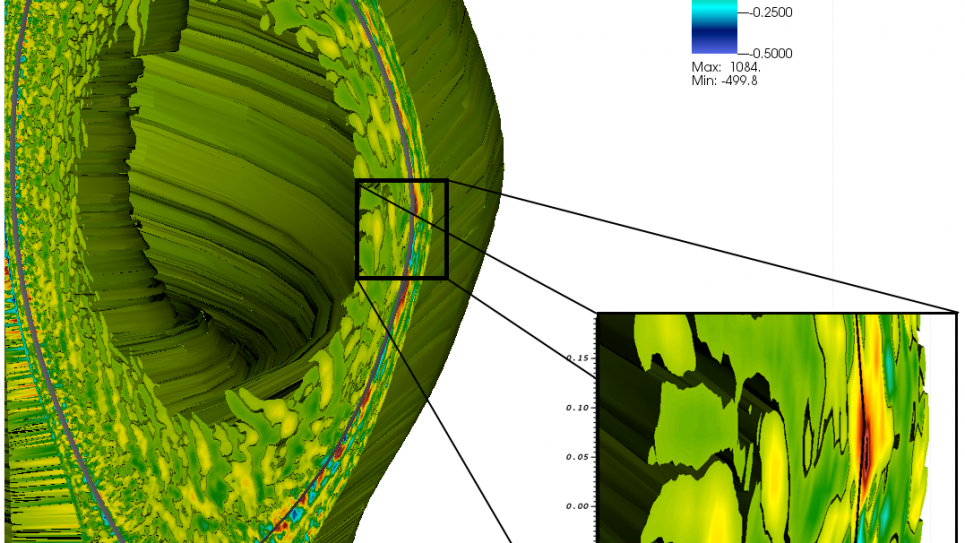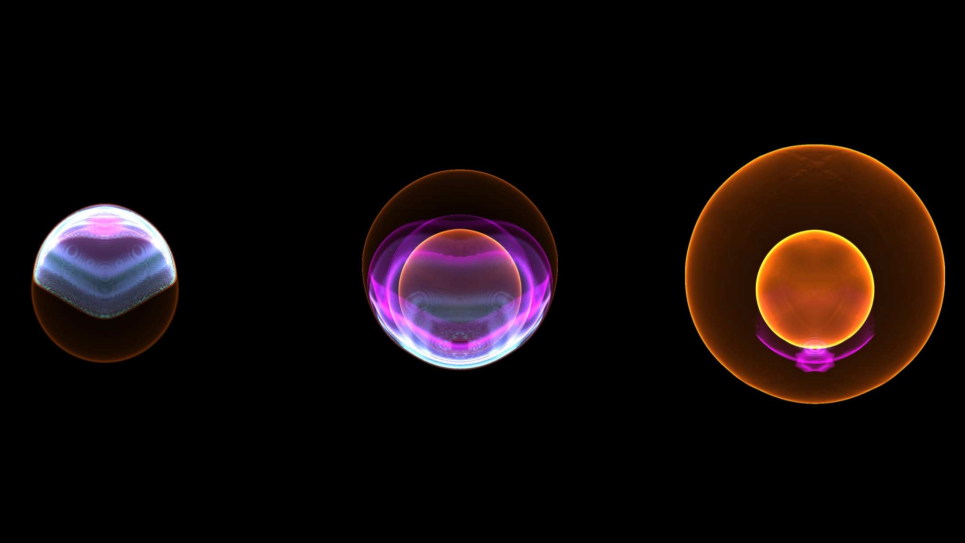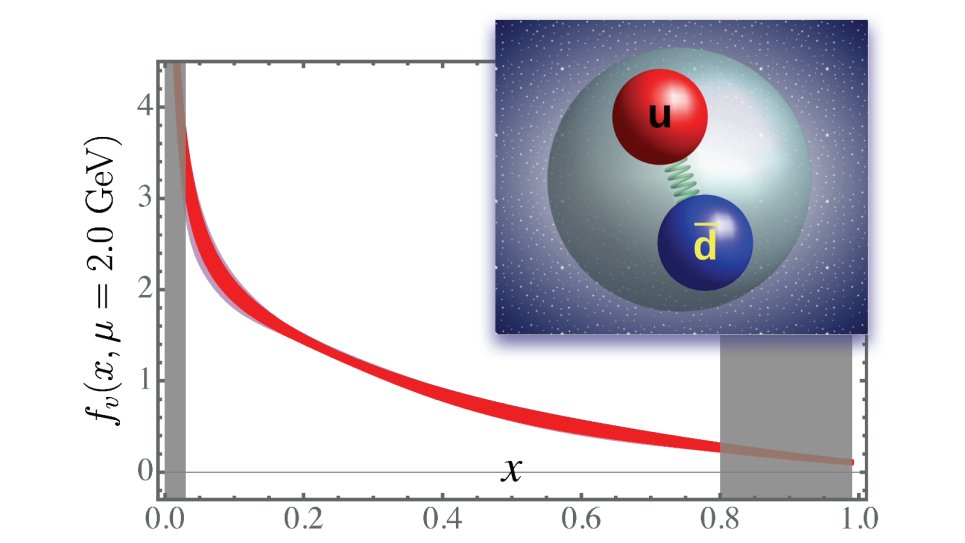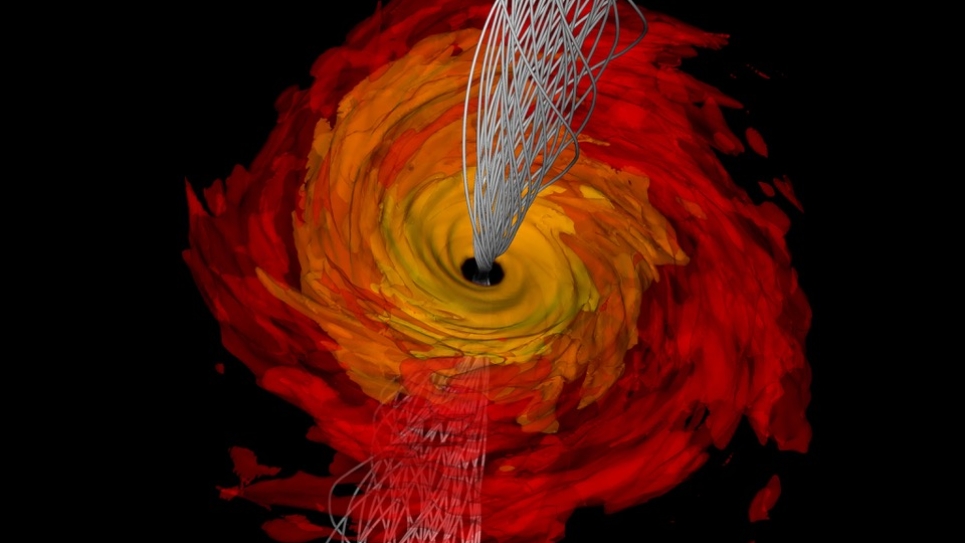
High-Fidelity Gyrokinetic Study of Divertor Heat-Flux Width and Pedestal Structure
ITER is an international partnership to build the world’s largest fusion experiment. The goal of ITER is to prove the feasibility of fusion as a large-scale carbon free energy source. One key challenge for ITER’s success is to build a device that can withstand the steady exhaust heat deposited by the hot plasma on a narrow strip of the divertor target plates.
Accurate first-principles based simulations are needed to maximally inform ITER’s operation and overcome the heat deposition challenges. The projections upon which ITER operation is currently based are extrapolations of existing experimental data or of simple reduced models and are made without a fundamental understanding of the underlying physical mechanisms, and are too far to be considered reliable. Realistic simulations at fundamental physics level can provide the needed insight into these complicated issues. The edge plasma is complicated by the presence of the magnetic X-point, being in contact with the material wall, and coupled to the neutral atoms and molecules resulting from that contact.
The 5D gyrokinetic particle code XGC1 has been built to study such edge plasmas, but requires a large amount of CPU time on extreme-scale leadership class computers. This allocation will support the advancement of an ongoing study, using programming code XGC1 on Titan, Theta, and Cori, of the fundamental physics underlying the heat deposition on the divertor target plates and the related pedestal structure issue in present tokamak devices and in ITER. Outcomes of this project will be higher confidence extrapolations of theory to practice, and increase the success likelihood of ITER.


